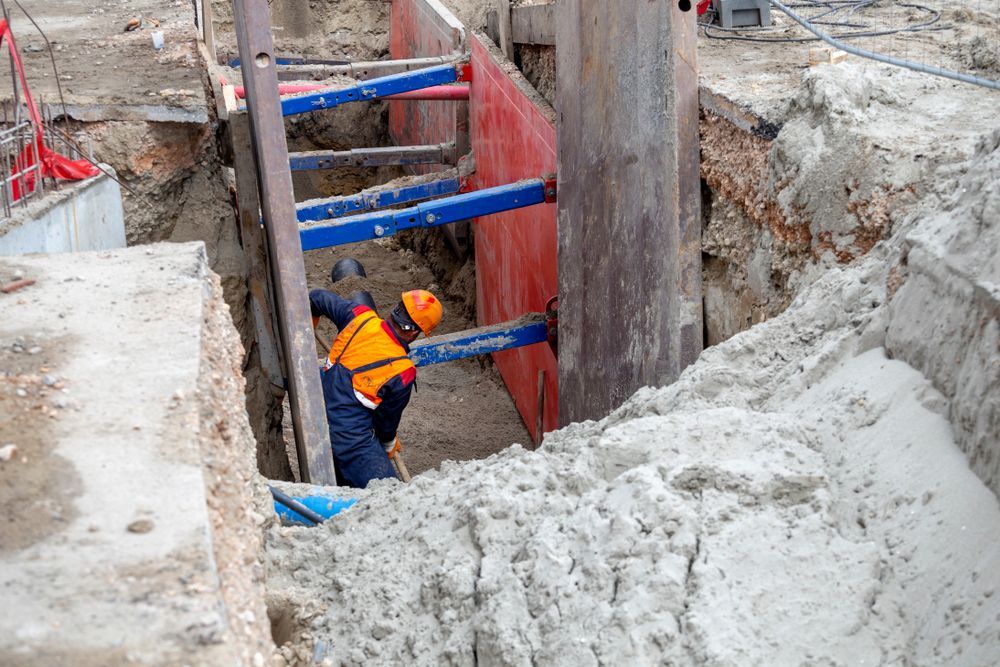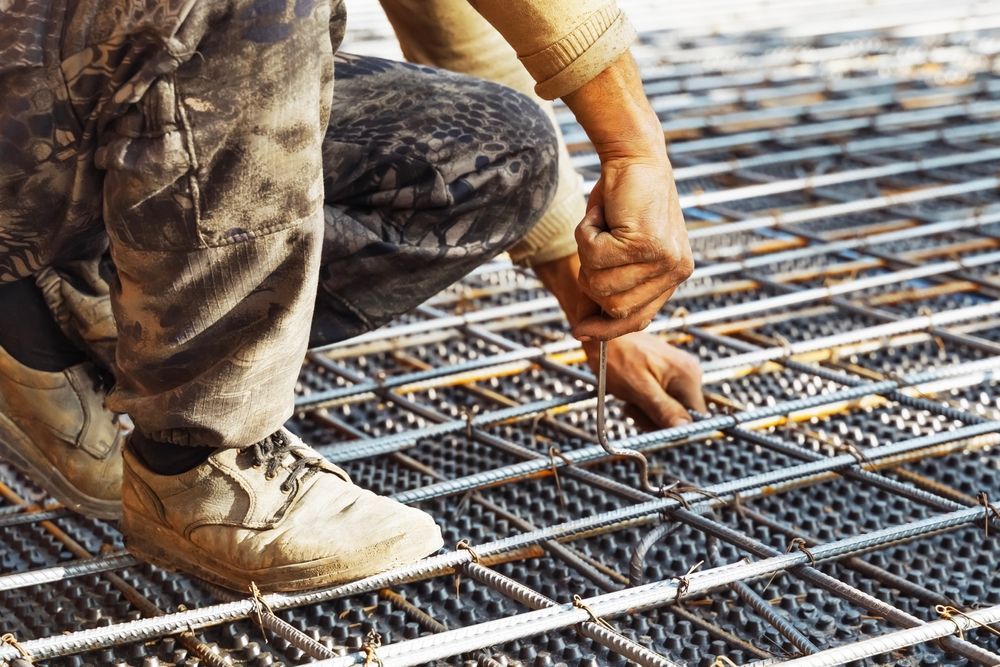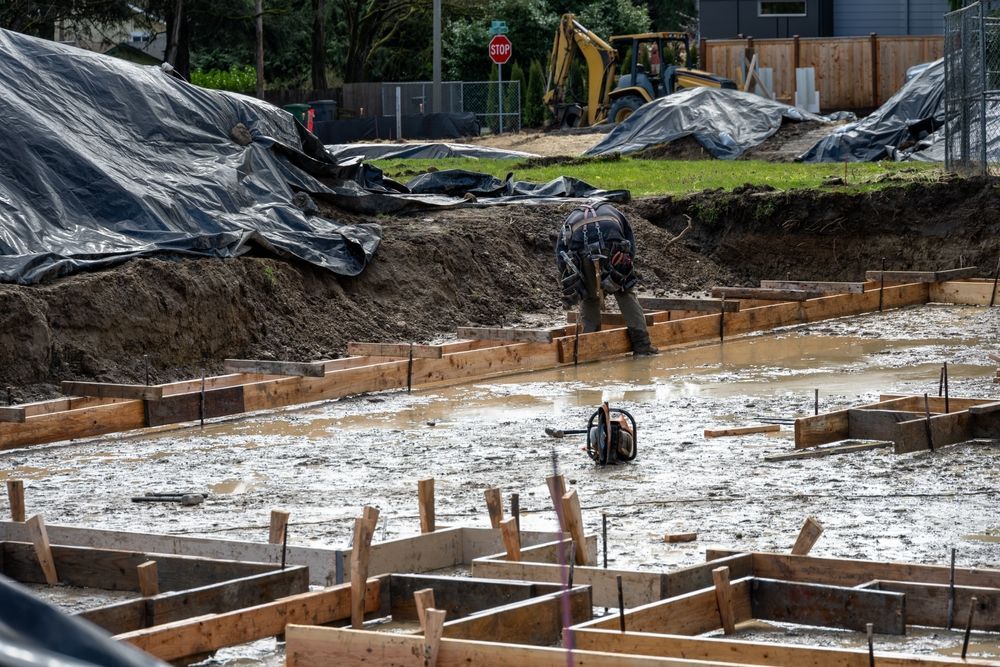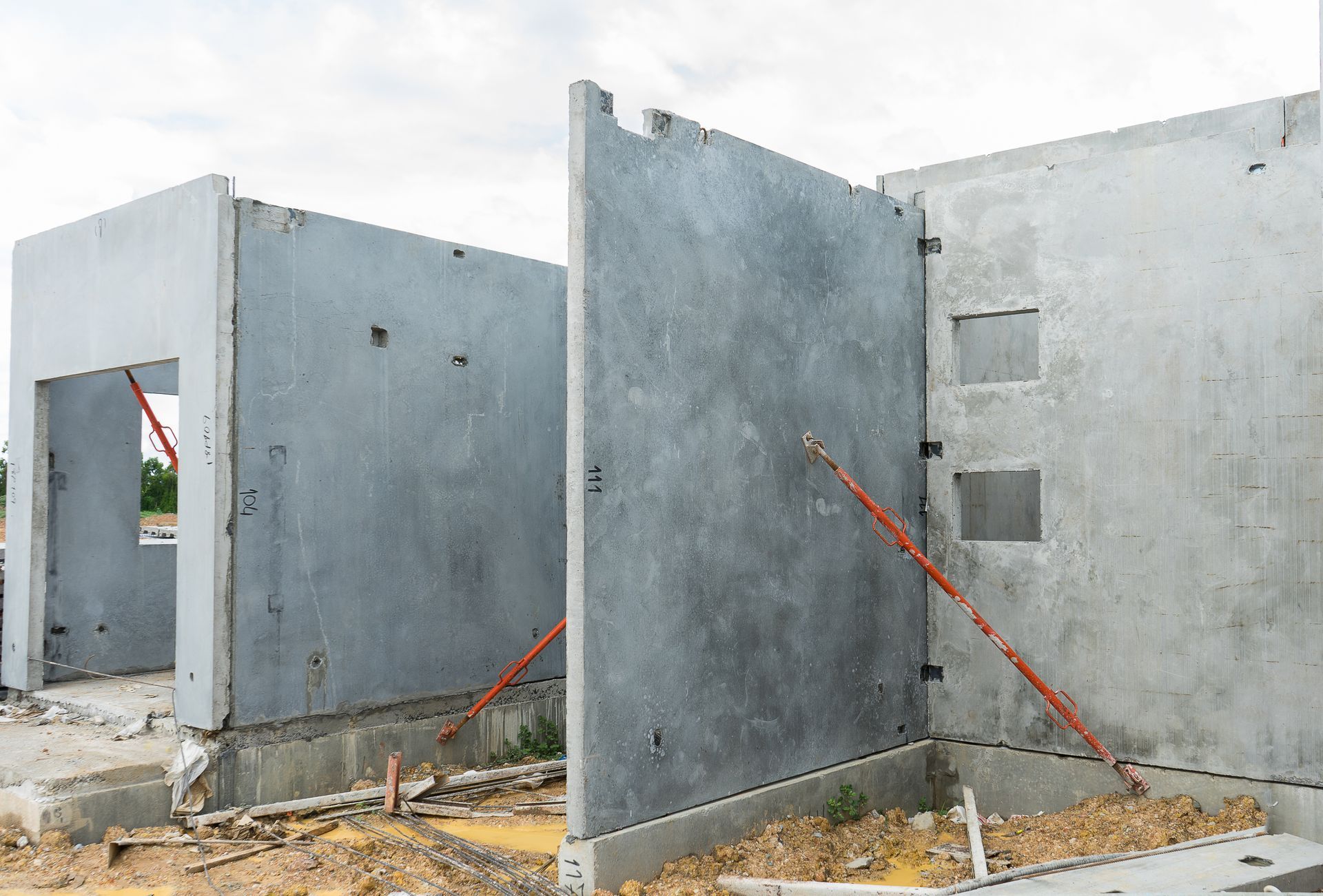What is Shoring in Building Construction? A Complete Guide
Written by: Bracing Systems

During the construction process, contractors sometimes use temporary structures to stabilize the walls of a building or the soil in a trench. This practice is known as shoring. Shoring is essential for ensuring worker safety and creating safe access to structures under repair or construction. Shoring is also important for providing access to excavated ground.
If you're a contractor performing repairs to a building, constructing a building, or excavating during an upcoming project, you may need shoring equipment rental in the Chicago area to help make your project a success. Bracing Systems rents shoring equipment and scaffolding for your building and excavating projects.
Shoring provides temporary support during construction, repairs, and excavations. Bracing Systems offers the expertise and equipment to ensure stability and safety on the job site.
Shoring in Building Construction Explained
Shoring is stabilizing equipment used during excavation and building repair to prevent structural collapse. Shoring helps protect workers and tools. Shoring also helps create safe access points into and out of excavated ground. Regulatory bodies like OSHA also require shoring to keep workers safe during various construction projects.
Shoring requires contractors to understand load analysis and soil behavior. If your construction project will require shoring, it's important to plan carefully before beginning. Knowing which type of shoring to use is essential for protecting workers.
Construction Shoring Safety Tips
Excavation is a high-risk activity. Proper shoring equipment can prevent structural collapse and falls into the hole. OSHA regulates shoring activities. All contractors that engage in shoring must familiarize themselves with OSHA regulations and follow the laws and rules to be compliant. Below are some worker safety tips
- Provide proper access points. Workers need access points around ladder rungs for easy access.
- Create guardrails around openings. Guardrails around openings help prevent workers from accidentally falling into the pit or trench. Install guardrails where workers could fall more than four feet into the hole.
- Provide exit routes and ladders to provide workers with escape points. Workers need escape points and escape ladders so they can leave the hole quickly if required.
Shoring Types and Their Uses in Building Construction
There are many shoring types. The type of shoring you choose for your construction project will depend on many factors. If you have questions about which shoring to use with your project, speak with the professionals at Bracing Systems before renting shoring equipment.
Raking Shoring
Raking shores are attached to sloped pieces of wood (rakers). To support the walls, rakers are placed in the center of the wall or floor bearing. Rakers can provide additional support if you attach them to a steel wall plate. This forms the raking shore design.
Flying Shoring
Flying shoring, also called
horizontal shoring, is placed between parallel walls. The horizontal shore is wedged between the two walls, and diagonal shores reinforce the walls. Flying shoring can be used when tearing down a portion of an adjacent building or supporting weak walls.
Deadman Shoring
Deadman shoring, also known as dead shoring or vertical shores, is shoring that supports the structure's entire weight (also called dead loads). Dead shoring is made from two vertical beams that are connected by a horizontal beam.
This type of shoring is used when a load-bearing wall requires repair. Dead shoring is also used when a building has been structurally damaged.
To install dead shoring, a vertical beam is installed on either side of the wall, and a hole is cut through the wall. The horizontal beam, a
needle,
is inserted into the hole. Steel plates are installed to provide additional stability.

Cantilever Shoring
Cantilever shoring is used in excavations of less than 20 feet. This type of shoring consists of lagging and soldier piles. In this type of shoring, piles are constructed with steel I-beams, and lagging is placed between the beams to hold back soil.
H and I-Beam Shoring
H and I-beam shoring is a common form of shoring that is used in foundation repair and trench stabilization. This type of shoring can be used to improve the structural integrity of a home or hold up trenches in construction and archaeological sites. These walls are best suited to excavation sites ranging from 4 to 16 feet deep and in areas with a low moisture content.
Hydraulic Shoring
Hydraulic shoring uses hydraulic pistons to exert force onto the side of a wall. Hydraulic shores are usually paired with steel plates that lie on the wall. Pressure is transferred to the steel plates and away from the wall, thus preventing damage.
Sheet Pile Shoring
Sheet pile shoring uses interlocking sheet piles bent into a U shape to support a wall. Sheet piles can be used to hold soil in place, or they can be used to separate a structure from a body of water. This type of shoring is used in areas with a high water table.
Shoring vs Scaffolding: What's the Difference?
For some, it's hard to tell the difference between shoring and scaffolding. Shores bear the weight of a wall or the weight of the soil in a trench. Shores also protect workers who are working around unstable structures.
Scaffolding is a series of platforms set at different elevations to provide access to work areas like the space in front of a building. Scaffolding is typically used in work areas where workers need access to tools while performing their duties. For example, scaffolding is commonly used for people painting and performing plaster work.
Find Reliable Shoring Equipment Today
Do you need reliable shoring equipment in the Chicago area? Do you have questions about what is shoring in building construction? Many contractors turn to Bracing Systems for shoring equipment rental. We provide shoring and scaffolding to Chicagoland contractors.
We properly maintain and store our shoring equipment, and we have the experience to help you choose the right shoring equipment.
Contact Bracing Systems today to learn more.



